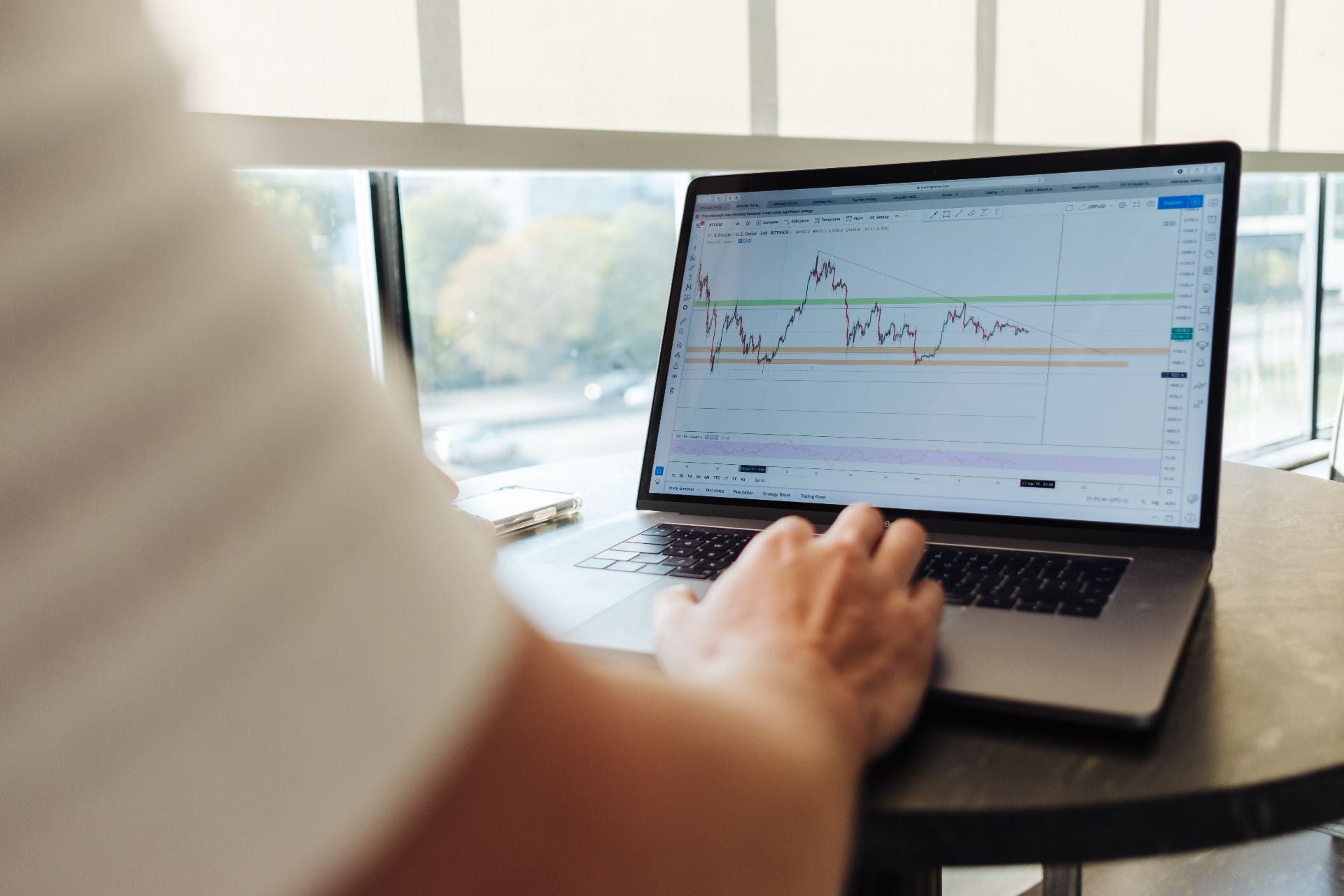During the pandemic, volatility has been a watchword among analysts and financial market authorities such as the Federal Reserve Bank. The VIX index is the most renowned volatility index, gauging investor fear or uncertainty about the economy. In new research, Accounting Professor Sean Wang of SMU Cox and his co-authors identify a group of firms that move in tandem with the VIX and find that these firms essentially act as bellwether firms, microcosms of the market itself. These firms, mini-economies unto themselves, pass along information—for example, through their insider trading and earnings announcements—to the market about the economy and its future performance. It’s a big idea. Prior academic papers and industry analysts have generally used firm size to identify bellwethers, which is represented by their market capitalization, notes Wang. “However, the size of a firm might work as a proxy for the market simply because you’re a large part of the market,” Wang explains. “Furthermore, size is a static variable and doesn’t change that much.” For example, Apple has been the largest firm for nearly a decade, with slight variation. “If there was an economic crisis due to an oil price shock, we would expect the energy industry to be providing the most significant information about the future of the macroeconomy,” Wang elaborates. “But since these firms are no longer the largest market-cap firms (as of 2021), they wouldn’t be identified by investors who rely on size to identify such bellwether firms
Micro to macro story
In the study, Wang and co-authors Bushman and Raval developed an improved measure, compared to conventional measures like firm size, that finds firms having a consequential influence on the market’s direction. “The idea behind our paper,” according to Wang, “is that if we identify a group of firms whose expected volatility moves in line with the VIX, then we have identified firms that are microcosms of the market itself.”
The VIX index captures the expected volatility, or uncertain movements, of future stock prices. The authors use a measure called “implied volatility co-movement” or IVC, which captures the degree to which an individual firm’s volatility moves with the market’s volatility. Because implied volatility is simply “expected” volatility, or how a firm’s stock price will zig and zag in the future, IVC should capture how a firm’s stock price is expected to move up and down relative to how the market moves, their co-movement.
So how do you predict where the market is going? You follow the signals revealed by firms which have higher levels of IVC, the authors found. They are the top firms whose stock prices move up and down with the market’s volatility. During periods like the financial crisis, banks had the highest IVCs, as did tech stocks in the early 2000s. More recently, Wang believes energy and banking stocks such as ExxonMobil, Chevron, JP Morgan Chase and Goldman Sachs would be identified as economic bellwethers when the economy shut down.
Information transfers
What firm-level information becomes relevant to the overall economy’s direction then? In a main test, the authors analyze whether insider trading within a firm that has high IVC, a bellwether like an Apple, can predict the aggregate returns of the market. Most of the academic literature has focused on the fact that ‘insiders can predict their own firm returns because they know their own operations.’ That’s well known in academia for last 40-50 years, says Wang. Management will trade their stock, and a year or so later the market will reflect that trade.
“In this case, if you identify a firm that is a microcosm of the market, then in theory, there is an information transfer,” Wang offers. “In other words, the managements’ inside information in Apple or Goldman Sachs, for example, ends up being relevant to the entire market. We find that for firms with high IVC, if there’s a lot of insider buying, that means the markets are going to go up, on average, over the next twelve months.” Conversely, if there’s more insider selling, then that means the market will go down over the next twelve months.
Firms with considerable insider buying do not generally predict market returns per se, according to Wang. There’s no mechanical correlation. But if you select the firms that are a mini-economy within themselves, the top 25% of IVC firms, then you’ll see a stronger correlation with these insider trades and aggregate market returns, a main finding of their paper.
The study also considered earnings announcements and growth. When looking at earnings announcements, for firms with high IVC, when they announce their earnings, the whole market moves. “If the information in these firms’ earnings announcement is relevant to the whole economy, you should expect the whole market to move based on it, for example, Apple’s or Goldman Sachs’ earnings,” he suggests. “If Home Depot announces that there will be less sales, we know then that future home building across the entire economy is likely to decrease.”
“What’s perhaps most promising about the measure is that it can change very rapidly,” Wang offers. “Given its ties to publicly-traded stock options (via the VIX), the constant trading by market participants makes IVC a real-time indicator of potential bellwethers.” It is also dynamic and forward looking, Wang concludes.
The paper “Implied Volatility Comovement and the Information Content of Insiders’ Trades” by Sean Wang, Cox School of Business at Southern Methodist University, Robert Bushman, University of North Carolina, and Vivek Raval, University of Illinois at Chicago is under review.
Written by Jennifer Warren.














